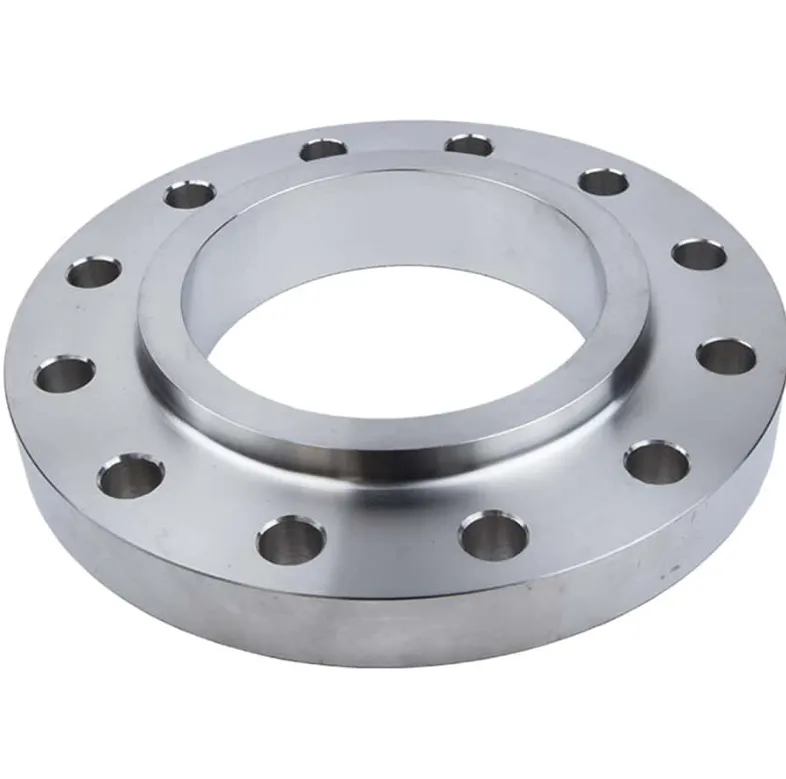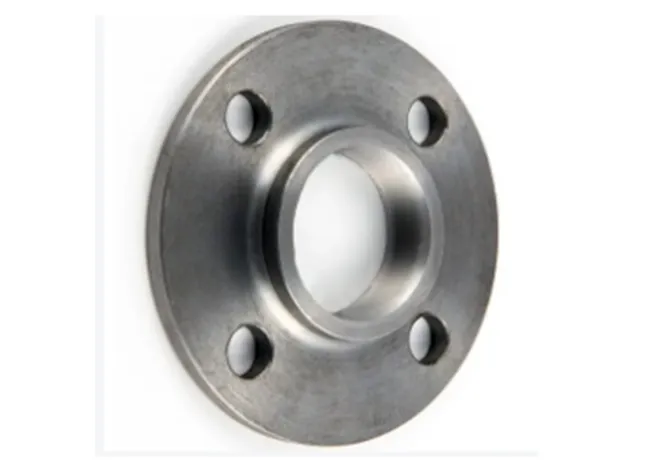-
Cangzhou Yulong Steel Co., Ltd.
-
Phone:
+86 13303177267 -
Email:
admin@ylsteelfittings.com
- English
- Arabic
- Italian
- Spanish
- Portuguese
- German
- kazakh
- Persian
- Greek
- French
- Russian
- Polish
- Thai
- Indonesian
- Vietnamese
- Zulu
- Korean
- Uzbek
- Hindi
- Serbian
- Malay
- Ukrainian
- Gujarati
- Haitian Creole
- hausa
- hawaiian
- Hebrew
- Miao
- Hungarian
- Icelandic
- igbo
- irish
- Japanese
- Javanese
- Kannada
- Khmer
- Rwandese
- Afrikaans
- Albanian
- Amharic
- Armenian
- Azerbaijani
- Basque
- Belarusian
- Bengali
- Bosnian
- Bulgarian
- Catalan
- Cebuano
- China
- China (Taiwan)
- Corsican
- Croatian
- Czech
- Danish
- Esperanto
- Estonian
- Finnish
- Frisian
- Galician
- Georgian
- Kurdish
- Kyrgyz
- Lao
- Latin
- Latvian
- Lithuanian
- Luxembourgish
- Macedonian
- Malgashi
- Malayalam
- Maltese
- Maori
- Marathi
- Mongolian
- Myanmar
- Nepali
- Norwegian
- Norwegian
- Occitan
- Pashto
- Dutch
- Punjabi
- Romanian
- Samoan
- Scottish Gaelic
- Sesotho
- Shona
- Sindhi
- Sinhala
- Slovak
- Slovenian
- Somali
- Sundanese
- Swahili
- Swedish
- Tagalog
- Tajik
- Tamil
- Tatar
- Telugu
- Turkish
- Turkmen
- Urdu
- Uighur
- Welsh
- Bantu
- Yiddish
- Yoruba

Jan . 30, 2025 05:06 Back to list
ANSI/ASME B16.9 BUTT-WELDING FITTINGS Equal Tee/Reducing Tee
Rolled and welded pipes are integral to numerous industries, acting as critical components in construction, energy, and transportation. These pipes are engineered through a meticulous process that involves rolling a metal plate and then welding it into seams, offering distinct advantages in terms of customization, strength, and size versatility. Understanding the expertise involved in the manufacture and application of rolled and welded pipes not only underscores their importance but also highlights their transformative impact on modern industrial practices.
Rolled and welded pipes serve diverse applications. In the oil and gas industry, these pipes are indispensable, providing safe and reliable conduits for transporting fluids under high pressure. The construction sector also demands pipes tailored for structural support and fluid management, further emphasizing the need for reliable performance over prolonged periods. Additionally, the ability of rolled and welded pipes to be custom-sized makes them an ideal choice for bespoke projects that standard pipe sizes cannot accommodate. Consumers seeking to source rolled and welded pipes should prioritize suppliers with proven expertise and a strong track record in the industry. Trustworthiness in suppliers is a key consideration, one that often correlates with adherence to industry standards and the capability to offer comprehensive support and advice to their clients. Clients benefit significantly from suppliers who provide not just products, but insights into installation, maintenance, and long-term performance optimization. Experts predict that the demand for rolled and welded pipes will continue to grow as industries expand and technological advancements create new opportunities for pipeline applications. The adaptability of these pipes to various industries ensures their continuous evolution, shaped by ongoing research into more efficient manufacturing processes and materials. As industries confront challenges such as enhancing ecological sustainability, rolled and welded pipes are expected to play a vital role in meeting these demands, proving their indispensable nature and reinforcing their authoritative status in industrial applications. In conclusion, rolled and welded pipes are more than just conduits for transport; they are the backbone of infrastructure that supports innumerable facets of modern life. Their manufacture involves sophisticated processes that demand a depth of expertise, while their application necessitates high levels of trust and authority from suppliers. As industries march towards a future characterized by technological and environmental change, the role of these pipes will only become more critical, underscoring their value as the silent workhorses of innovation and progress.


Rolled and welded pipes serve diverse applications. In the oil and gas industry, these pipes are indispensable, providing safe and reliable conduits for transporting fluids under high pressure. The construction sector also demands pipes tailored for structural support and fluid management, further emphasizing the need for reliable performance over prolonged periods. Additionally, the ability of rolled and welded pipes to be custom-sized makes them an ideal choice for bespoke projects that standard pipe sizes cannot accommodate. Consumers seeking to source rolled and welded pipes should prioritize suppliers with proven expertise and a strong track record in the industry. Trustworthiness in suppliers is a key consideration, one that often correlates with adherence to industry standards and the capability to offer comprehensive support and advice to their clients. Clients benefit significantly from suppliers who provide not just products, but insights into installation, maintenance, and long-term performance optimization. Experts predict that the demand for rolled and welded pipes will continue to grow as industries expand and technological advancements create new opportunities for pipeline applications. The adaptability of these pipes to various industries ensures their continuous evolution, shaped by ongoing research into more efficient manufacturing processes and materials. As industries confront challenges such as enhancing ecological sustainability, rolled and welded pipes are expected to play a vital role in meeting these demands, proving their indispensable nature and reinforcing their authoritative status in industrial applications. In conclusion, rolled and welded pipes are more than just conduits for transport; they are the backbone of infrastructure that supports innumerable facets of modern life. Their manufacture involves sophisticated processes that demand a depth of expertise, while their application necessitates high levels of trust and authority from suppliers. As industries march towards a future characterized by technological and environmental change, the role of these pipes will only become more critical, underscoring their value as the silent workhorses of innovation and progress.
Latest news
-
ANSI 150P SS304 SO FLANGE
NewsFeb.14,2025
-
ASTM A333GR6 STEEL PIPE
NewsJan.20,2025
-
ANSI B16.5 WELDING NECK FLANGE
NewsJan.15,2026
-
ANSI B16.5 SLIP-ON FLANGE
NewsApr.19,2024
-
SABS 1123 FLANGE
NewsJan.15,2025
-
DIN86044 PLATE FLANGE
NewsApr.19,2024
-
DIN2527 BLIND FLANGE
NewsApr.12,2024
-
JIS B2311 Butt-Welding Fittings LR/SR 45°/90° /180°Seamless/Weld
NewsApr.23,2024











